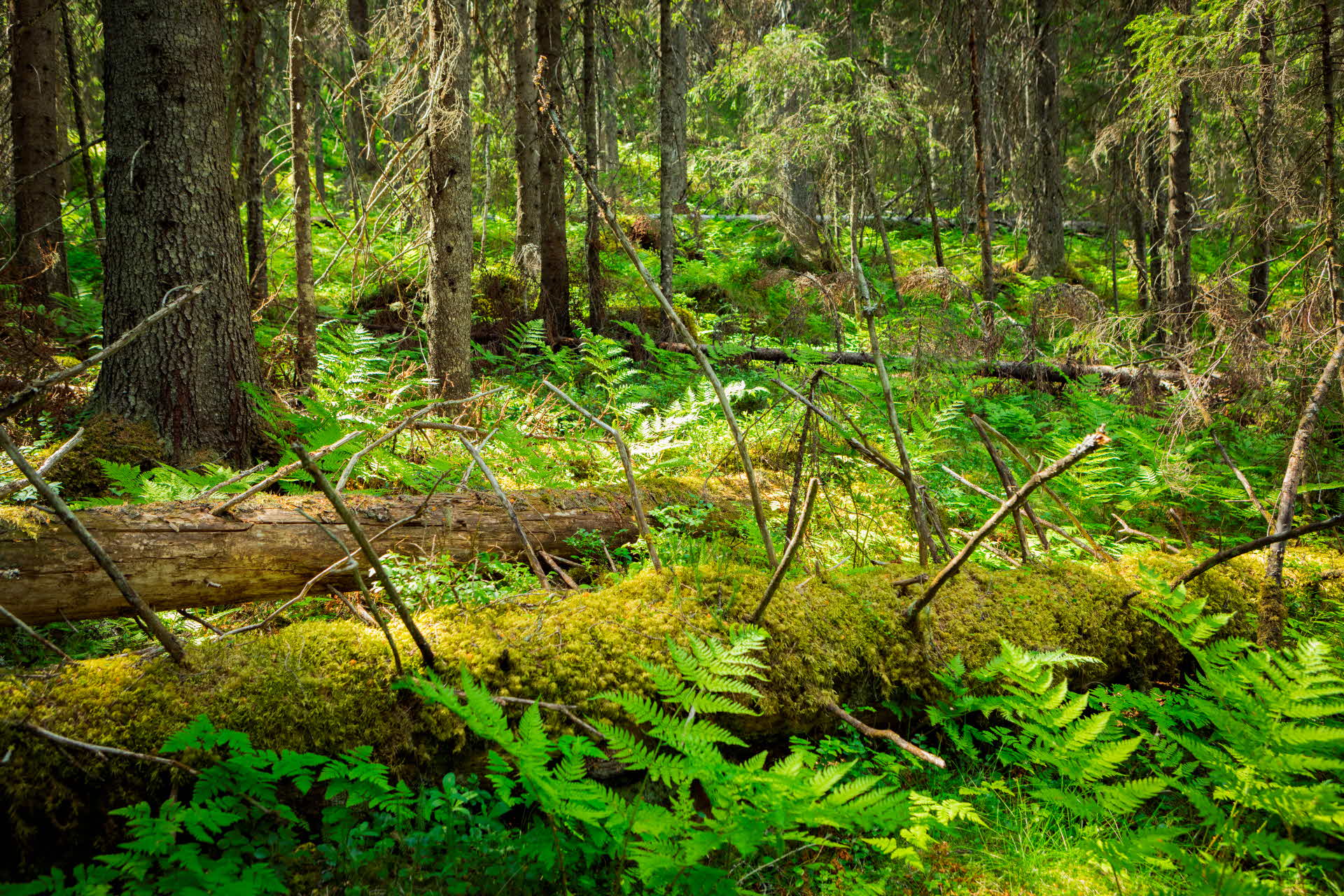
- FOREST
- SCA's FORESTS
- RESPONSIBLE FORESTRY
- ENVIRONMENTAL CONSIDERATION
Environmental consideration
Environmental consideration is a natural part in our forestry. It encompasses; nature conservation consideration, cultural heritage consideration, consideration to recreation and outdoor life together with consideration to reindeer operations.
Three levels of nature conservation
No matter what we do in the forest – for example harvesting, pre-commercial thinning or thinning – nature conservation must always play a central role. Nature conservation comprises three levels: conservation areas, conservation patches and conservation objects.
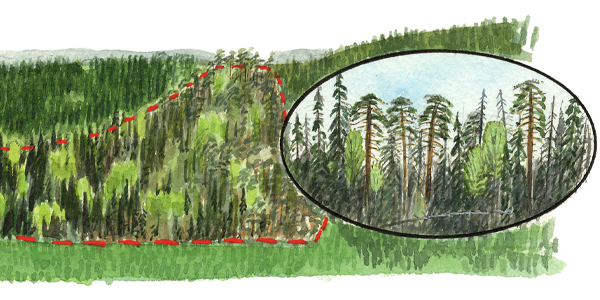
Conservation areas
Conservation areas are areas bigger than 1.0 hectare (ha) that will be managed for conservation. Conservation management regimes prescribed may be setting aside for free development, postponement of final felling, or alternative treatment regimes. Conservation areas, typically, have high conservation values, e.g. virgin like forests, old stands rich in broadleaves and various types of swamp forests.
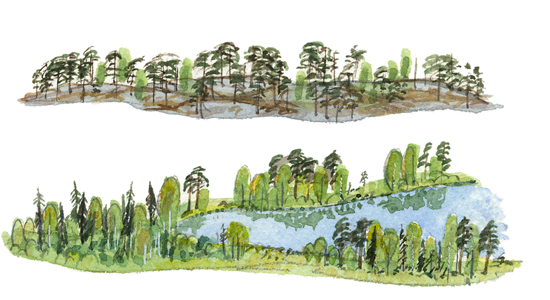
Conservation patches
Conservation patches encompass buffer zones, wet hollows, outcrops of bedrock, steep rocky slopes etc. that have been set aside in connection to harvesting operations. These patches range in size from about 0.1 to 1.0 ha.
Conservation objects
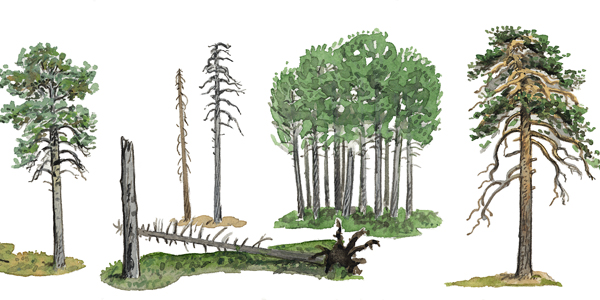
Conservation objects may be single trees, groups of trees, high stumps, lying dead trees, smaller wet hollows etc. The area of a conservation object is no more than 0.1 ha (33*33 m).
Illustrations: Martin Holmer
Nature consideration in final fellings and thinning
The most extensive planning for nature consideration takes place before final felling is carried out, since harvesting implies major changes to the forest.
Thinning also has a major impact on the character of the future forest stand. Planning effective nature conservation measures when thinning also enables even more effective nature conservation measures in future harvesting operations.
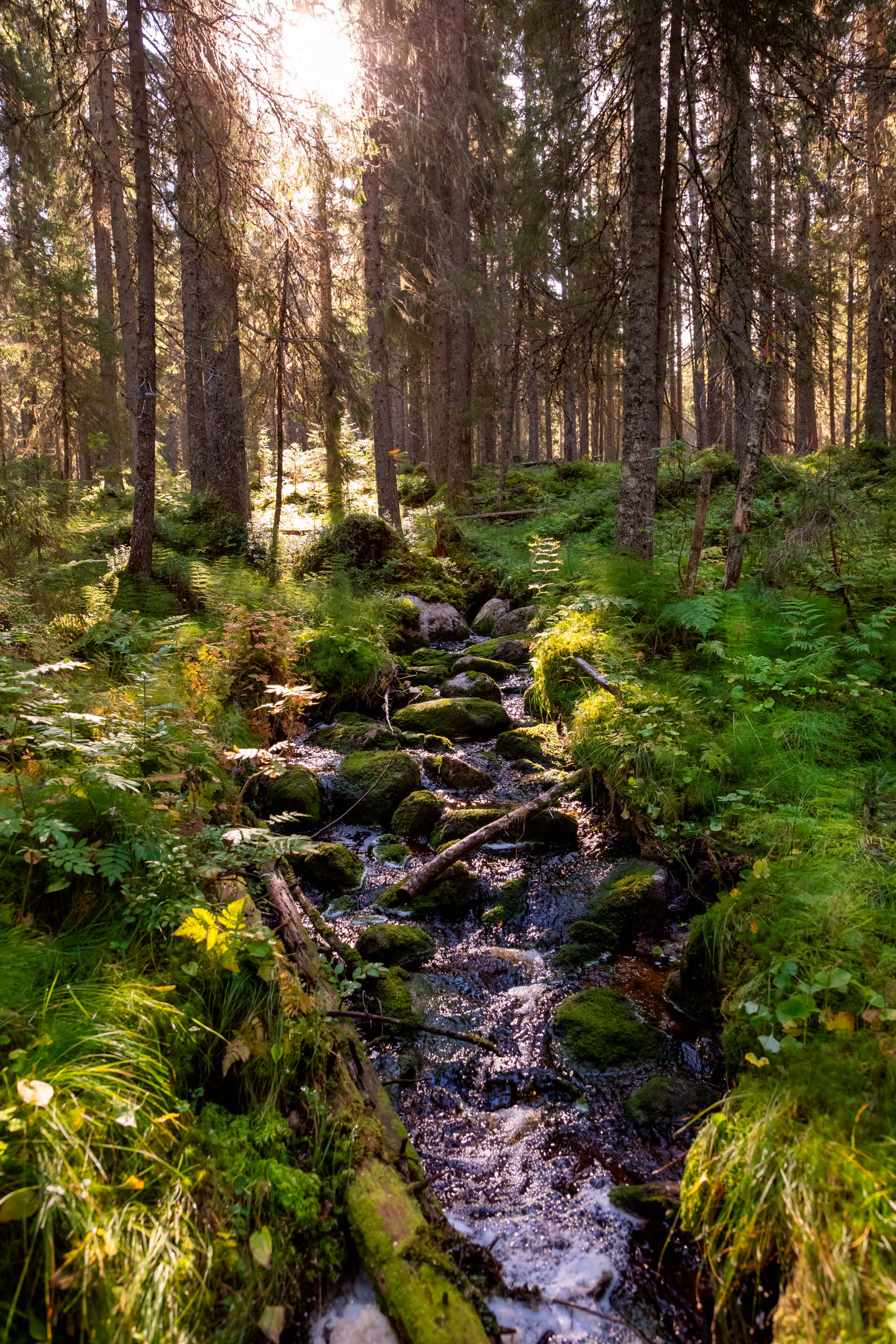
Nature conservation in other forest operations
Harvesting is not the only operation that requires nature conservation planning. In other forest operations, such as soil scarification, pre-commercial thinning, thinning and road construction, planning is also essential for effective nature conservation measures.
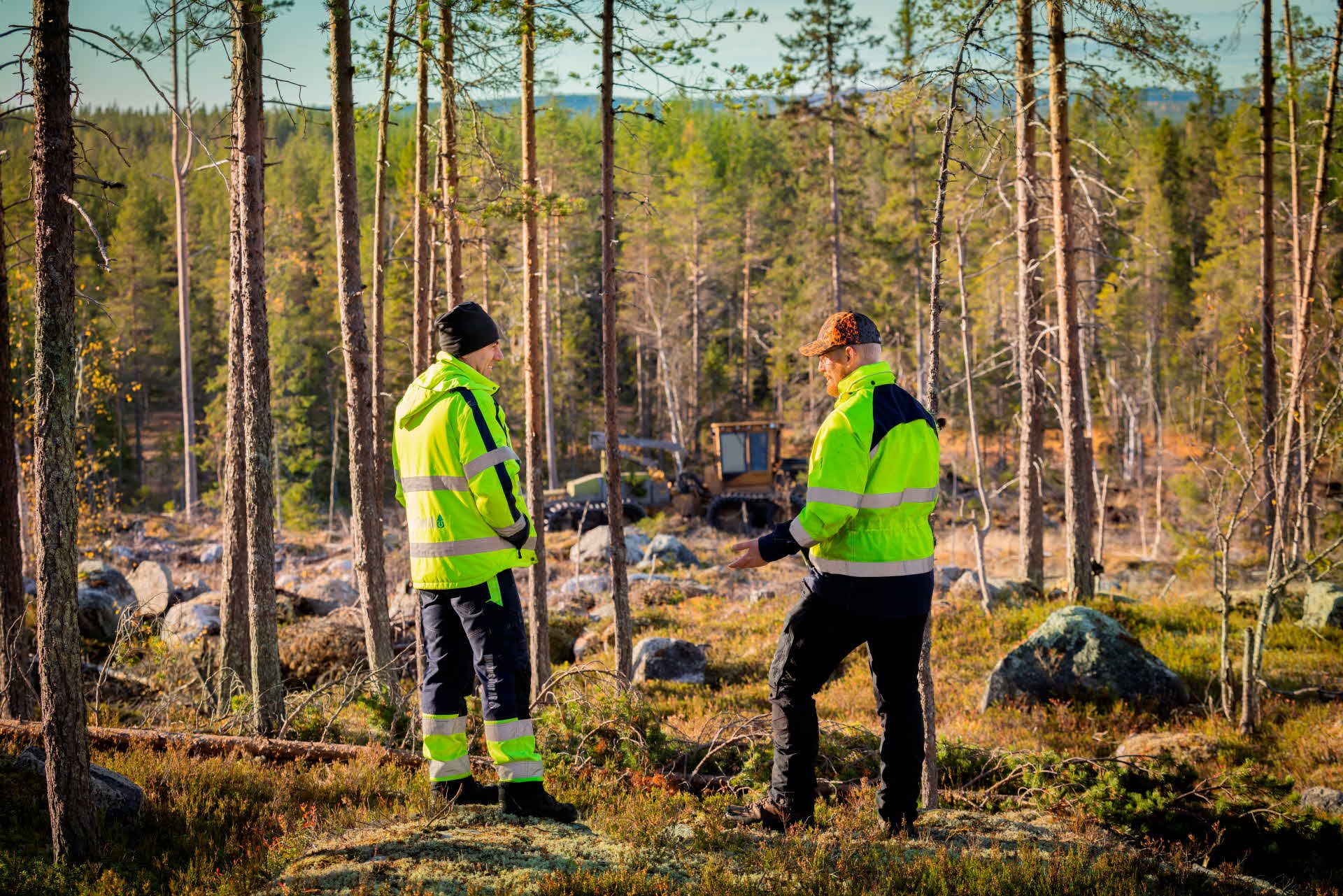
Cultural environment considerations
A cultural environment in the forest consists of ancient remains and other cultural relics. They are protected by various regulations.
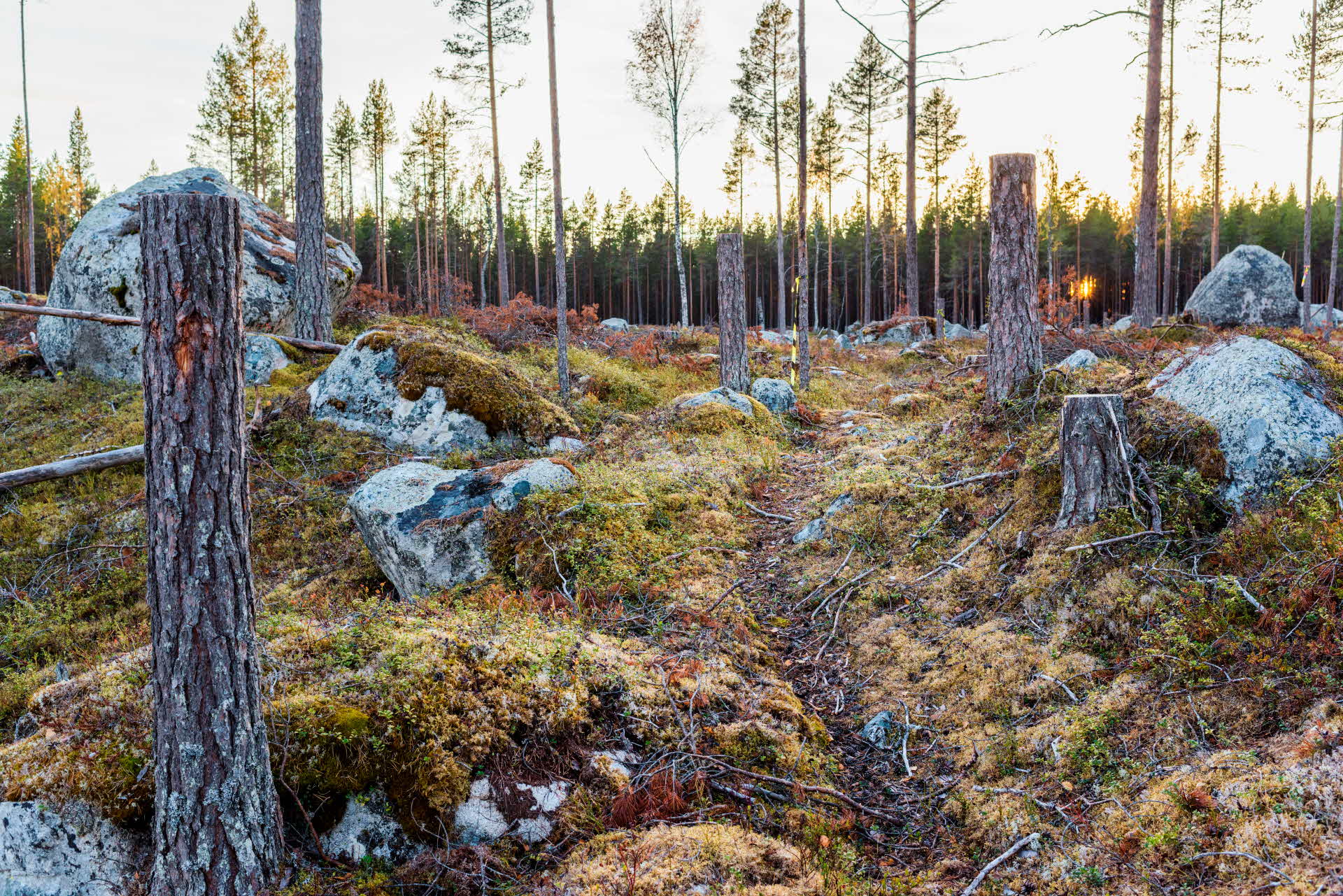
Consideration of recreation and outdoor life
We aim to show consideration our forest operations in connection to paths, hiking trails, running trails, wind shelters and natural gathering places. The forestry shall not affect the usability of paths, trails and structures clearly intended for outdoor life
Consideration to reindeer operations
In our forest operation we aim to facilitate for reindeer operations and favour reindeer grazing when working within reindeer operation areas. Before committing operations in the reindeer operation areas we perform consultation with the affected Sapmi village.